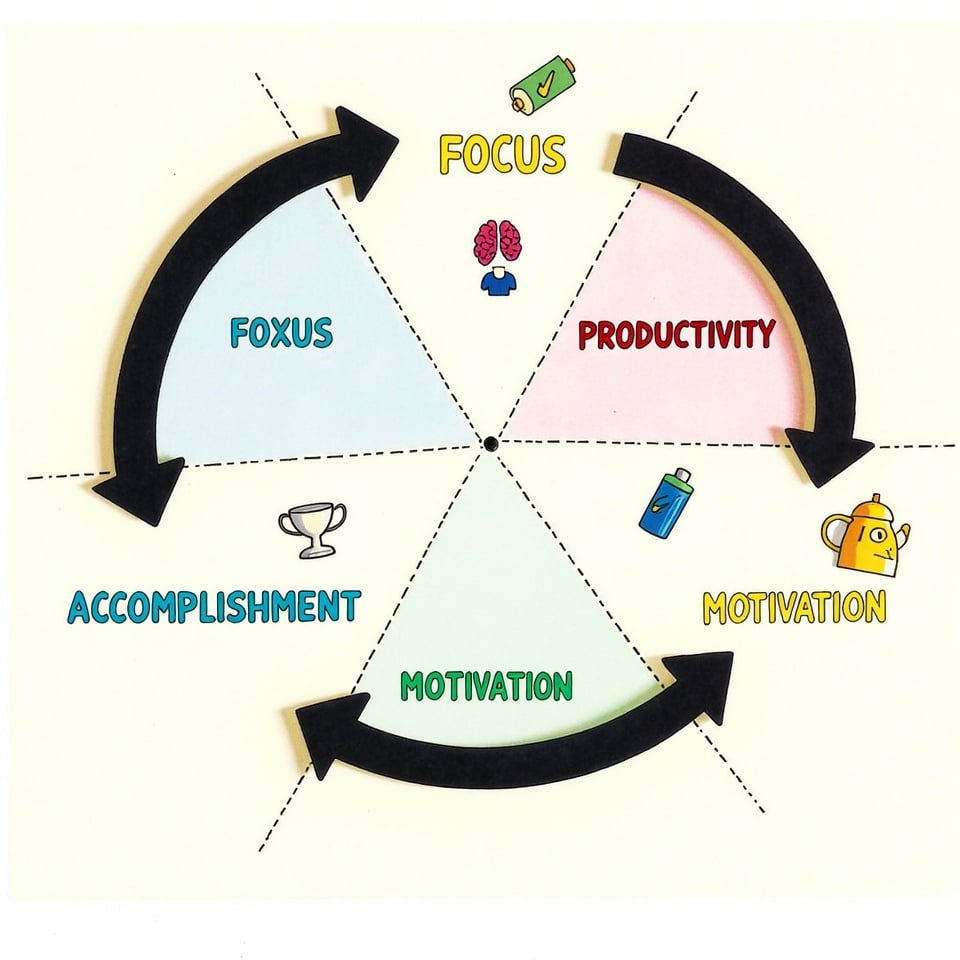Writing the conclusion of a research paper is a big deal. It’s your last chance to make a strong impression on your readers. In this article, I’ll show you how to write a conclusion that will make your research stand out.
By learning how to write a great conclusion, you’ll make your whole research paper better. I’ll use real examples to help you understand how to do it. With these tips, you’ll write conclusions that sum up your research and leave readers wanting more.
Table of Contents
What is the conclusion of a research paper?
The conclusion is the last part of a research paper. It sums up the main points and tells the reader what they mean. It’s like a quick review of the whole paper.
A good conclusion does more than just repeat what you already said. It helps the reader understand why your research matters and what it can be used for. It also talks about what you didn’t find out and what you think should be studied next.
The conclusion is your last chance to show the reader why your research is important. It’s like a final message that leaves a lasting impression on the reader.
Types of conclusions for research papers
Did you know that there are different ways to end a research paper? Each type of conclusion has a special job and helps the reader think about your research in a certain way.
There are three main types of conclusions:
Summarized conclusion:
A summarized conclusion is a quick review of the main points in your paper. It reminds the reader of the question you were trying to answer, tells them what you found out, and explains why it’s important. This type of conclusion is simple and sticks to the facts. It helps the reader remember the main idea of your paper.
This type of conclusion is especially helpful for papers about science or complicated research. It makes it easy for the reader to understand what you discovered without getting confused by new information.
Editorial conclusion:
An editorial conclusion is where the author gets to share their own thoughts and opinions about what they found out. They can talk about what they think their research means and how it can be used in real life. The author might suggest ways to use their findings to make things better, or talk about how their research can affect other areas of study.
Editorial conclusion is used in subjects where what people think and believe matters. Subjects like history, psychology, and sociology.
Externalizing conclusion:
An externalizing conclusion looks at the big picture. It connects what you found out to bigger issues or events that are happening in the world. This type of conclusion helps show how your research is important to more people than just those who are studying it. It might ask questions that make you think or suggest areas where more research is needed.
Externalizing conclusion is useful when you’re studying something that involves many different subjects. It helps readers see how your research fits into the bigger picture.
How to write a good conclusion of a research paper
A strong conclusion is key to making your research paper memorable and leaving a lasting impact on your readers.
Here’s a step-by-step guide to crafting an effective conclusion:
Step 1: Restate the problem
Begin your conclusion by revisiting the main research question or problem that your paper addressed. But, it’s important to avoid starting with cliché phrases like “in conclusion” or “to conclude.” These overused transitions can make your writing seem formulaic and unoriginal. Instead, dive directly into restating your research problem using new words. This helps the reader remember why you did the study and gets them ready for a summary of what you found.
For example, rather than writing “In conclusion, this study examined the effects of social media on adolescent mental health,” you might say, “This research has shed light on the complex relationship between social media use and adolescent mental well-being.”
Step 2: Sum up your paper
After restating the problem, provide a concise summary of your paper’s main points and findings. This isn’t just a repeat of what you said at the beginning, but rather a way to tie together the most important results and ideas from your whole paper. Focus on the most significant outcomes and how they relate to your research question.
Be sure to highlight any unexpected results or particularly important discoveries. This summary should be brief but comprehensive. It should give readers a clear understanding of what your research has accomplished. Do not introduce new information.
Step 3: Discuss the implications
In this crucial step, explain the broader significance of your findings. Discuss how your research contributes to the existing knowledge and its implications.
Consider addressing questions such as:
- How do your findings challenge or support existing theories?
- What real-world problems might your research help solve?
- How might your results influence policy, practice, or future research directions?
This is your opportunity to emphasize the value of your work and its potential impact. Be thoughtful and realistic in your claims. Avoid overstatement while still conveying the importance of your research.
Examples of a research paper conclusion
Examples of a good research paper conclusion are given:
1. Climate Change and Biodiversity (Summarized Conclusion):
This study examined the impact of climate change on biodiversity in tropical rainforests. Our findings reveal a significant decline in species richness correlated with rising temperatures and altered precipitation patterns. We observed a 15% reduction in endemic species over the past decade, with amphibians and insects most affected. These results underscore the urgent need for conservation efforts tailored to climate-vulnerable species. While our research focused on a specific region, the methodologies developed here can be applied globally to assess and mitigate biodiversity loss in the face of climate change.
2. Social Media and Political Polarization (Editorial Conclusion):
Our research demonstrates a clear link between social media usage and increased political polarization. The echo chamber effect, amplified by algorithmic content curation, significantly contributes to the hardening of political views. However, the implications extend beyond mere partisan division. This polarization threatens the fabric of democratic discourse, potentially undermining societal cohesion. As researchers, we must advocate for increased digital literacy and push for transparency in social media algorithms. The future of healthy democratic engagement may well depend on our ability to navigate and reform our digital public squares.
3. Artificial Intelligence in Healthcare (Externalizing Conclusion):
This study’s findings on AI-assisted diagnostics in radiology point to a future where human expertise and machine learning synergize to improve patient outcomes. The 30% increase in early detection rates for certain cancers is promising, yet it raises important questions about the future of medical practice. As AI continues to advance, how will the role of healthcare professionals evolve? What ethical considerations must we address in the development and deployment of these technologies? Our research not only contributes to improved diagnostic techniques but also opens avenues for exploring the broader implications of AI in healthcare and beyond.
Frequently asked questions
How do you write a good conclusion?
Writing a good conclusion involves several key elements. First, it’s crucial to restate your main thesis or research question but do so using fresh language to avoid repetition. Then, summarize the main points of your paper, highlighting the most significant findings or arguments. It’s important to show how these points connect and support your overall thesis. A strong conclusion also explains why your research is important and how it helps us understand something new. It shows how your findings fit into the bigger picture. Finally, think about ending with a question or statement that makes the reader think and want to learn more. This will leave a lasting impression and encourage further reflection or research.
What is an example of a conclusion?
An example of a well-crafted conclusion: “This study has demonstrated the significant potential of regular meditation practice in reducing stress levels among college students. Our findings, showing a 30% decrease in cortisol levels and improved self-reported well-being scores, underscore the value of incorporating mindfulness techniques into campus health programs. While this research focused on a specific demographic, it opened up new avenues for exploring stress management strategies across various age groups and professions. As mental health continues to be a pressing concern in our fast-paced society, the integration of meditation practices could play a crucial role in fostering resilience and well-being.”







